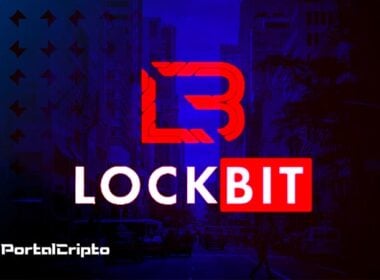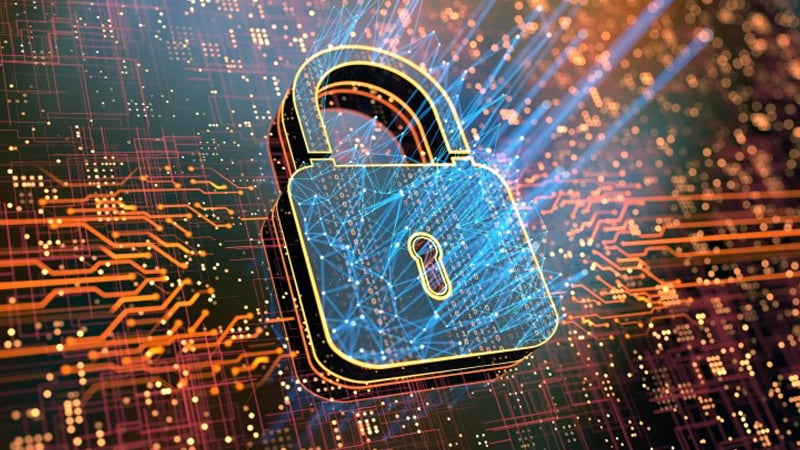Block Reward on Blockchain
Block Reward in Blockchain, also known as Block Reward, is a term that refers to the amount of cryptocurrency that a miner receives when he manages to mine a block of the coin. The reward amount is halved after every 210.000 blocks are created, or roughly every four years.
The purpose of the block reward is to incentivize miners to keep the cryptocurrency network running. As mining is a process that consumes a lot of energy and computational resources, miners need to be incentivized to continue mining even when the difficulty increases. Block reward is a way to reward miners for the work they do to keep the network running.
The block reward amount varies by cryptocurrency. For example, Bitcoin's block reward is currently 6,25 BTC, while Ethereum's block reward is 2 ETH. The block reward amount is defined in the cryptocurrency protocol and is a way to control inflation.
In summary, the block reward is a way to incentivize miners to keep the cryptocurrency network running. The block reward amount varies by cryptocurrency, but is halved after every 210.000 blocks are created.
How Does Blockchain Reward Blockwork Work?
Block Reward is a term used to describe the amount of cryptocurrency a miner receives when he or she manages to solve a block of transactions on a blockchain network. This process is known as mining and is the main way new cryptocurrencies are created and put into circulation.
The block reward is usually defined in the blockchain protocol and is distributed to the miner who manages to solve the block first. The block reward amount can vary from one blockchain to another, but is generally halved every few years. For example, Bitcoin's block reward started at 50 BTC and is now 6,25 BTC.
Miners use their computers to solve complex mathematical problems that verify transactions on the blockchain network. When a miner successfully solves a block, he adds the transactions to the blockchain and receives the block reward in return. Furthermore, the miner also receives a small transaction fee for each transaction included in the block.
Mining is a resource intensive process and requires specialized hardware and electricity. Miners compete with each other to solve blocks faster and thus receive the block reward. As more miners join the network, the difficulty of mining increases, which means miners need more powerful hardware to compete.
In short, Block Reward is the amount of cryptocurrency a miner receives when he or she manages to solve a block of transactions on a blockchain network. The block reward is defined in the blockchain protocol and is distributed to the miner who manages to solve the block first. Mining is a resource intensive process and requires specialized hardware and electricity.






